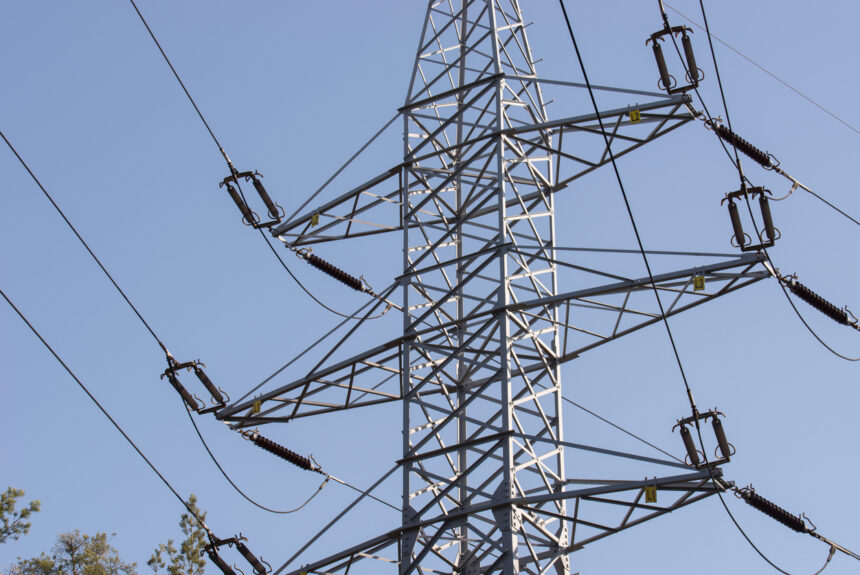When it comes to balancing the grid, artificial intelligence is making inroads in providing near-instantaneous energy to households, businesses, and industries. With grids incorporating more renewable energy into their mix to reach climate goals, the need for solutions to balance the intermittent nature of these sources is important. AI-optimized systems will be crucial in ensuring a smooth and effective green energy addition.
>>>READ: AI is Streamlining Permitting for Solar Projects Across the U.S.
One company that is harnessing the power of AI to bolster the grid is Exaum, a Finnish clean energy startup. The company has introduced an industry trailblazing pilot project employing artificial intelligence to ensure uninterrupted power supply to the Finnish national grid. Founded in 2021, the company’s heat generation-based power demand response technology effectively solves the challenges posed by renewables. Using an AI-supported algorithm, Exaum tackles the supply-demand discrepancies characteristic of renewable energy to ensure a steady stream of dispatchable generation even when sustainable but highly variable power sources are introduced into the grid. A combination of advanced analytics and predictive AI undergirds Exaum’s custom-designed, grid balancing modules.
The result? None of the blackouts or grid imbalances that are increasingly being seen elsewhere.
Henri Yoki, Founder and CEO of Exaum, explains how Exaum is able to circumvent the limitations associated with standard power grids:
“The shift to using more renewable sources of energy in Finland and around the world will also require a shift in the way we supply and balance power in the grid,” Yoki says. “Unlike with the use of fossil fuels, when we have a completely green energy supply, the generation needs to be built to always exceed the demand,” he says, noting that when there is excess wind production and weak demand, the surplus power will be used for industrial and residential heating purposes – an ongoing challenge in Finland.
“The use of demand response will need to focus more on controlling what to do when there are heavy winds and too much sunshine, e.g. excess generation. This needs to be managed and channeled so that the consumption meets the needs of the grid, both turning things on and off at the right time and especially turning things on. This understanding is what drove us to create Exaum and this solution,” Yoki adds.
By intelligently redistributing excess generation to fulfill demand in vital sectors like industrial heating, Exaum’s AI-guided software maintains stability in the grid while optimizing energy usage.
The Karhula pilot is located 80 miles east of Helsinki in an industrial park. The 1-MW project marks a crucial step in the Nordic nation’s transition to net-zero.
>>>READ: Cement Has a Major Carbon Problem. AI Can Help.
Other AI-backed grid-balancing service providers include GridPoint, a U.S.-based energy management company that balances everything from HVACs to refrigerators to lights. Another popular AI-enhanced energy storage solution is Stem, whose flagship Athena platform enables organizations to deploy and capitalize on clean energy technologies at scale. Stem’s Athena software utilizes machine learning to help businesses achieve utility bill savings of up to 30%; the company participates in more than 10 utility-sponsored initiatives across North America.
As the energy landscape evolves to include more sustainable – but highly intermittent and volatile – power sources like solar and wind, companies like Exaum and Stem are leveraging artificial intelligence to facilitate the widespread adoption of renewables into modern energy markets and avoid the trappings of conventional electric grids. By harnessing AI-driven solutions, these companies are not only optimizing the integration of carbon-neutral energy sources but also enhancing grid stability, resiliency, and efficiency.
Nathalie Voit is a freelance content creator and a graduate of the University of Florida. She is an alumni of The Heritage Foundation’s Young Leaders Program.
The views and opinions expressed are those of the author’s and do not necessarily reflect the official policy or position of C3.
